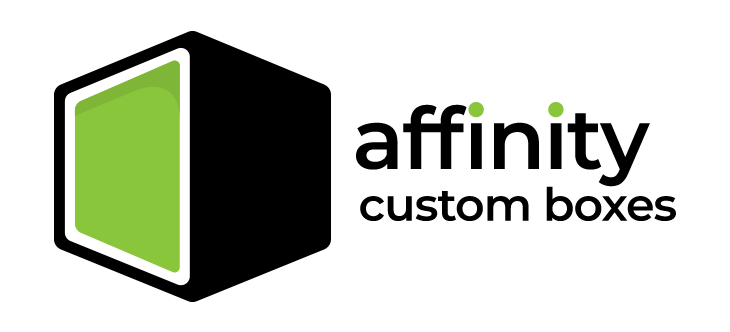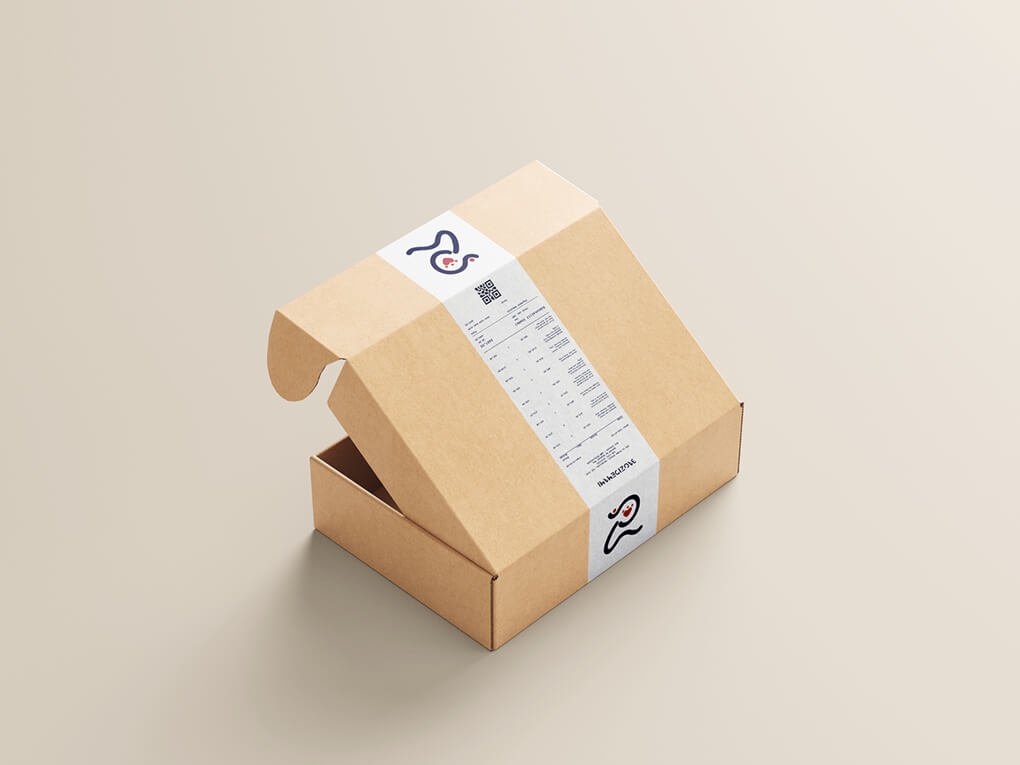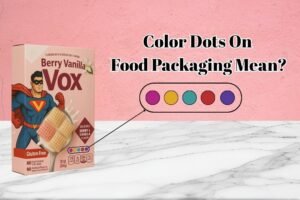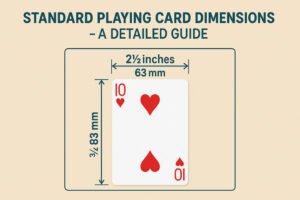Quick Summary: Customers may easily open boxes without the need for equipment thanks to packaging that eliminates frustration. It is more environmentally friendly and utilizes less material.
FFP, or frustration-free packaging, is an innovative approach to product packaging that facilitates customers’ opening of boxes. Frustration-free packaging aims to make everyone’s purchasing and unwrapping experiences better.
What Is Frustration-Free Packaging Boxes?
Customers can easily open boxes because of a unique packaging design known as frustration-free packaging, or FFP. In 2008, Amazon created this service in response to many complaints over parcels that were challenging to open.
Key Features of Frustration-Free Packaging
Minimalist Design
Frustration-free packaging features a straightforward design that eliminates unnecessary layers and materials. This means there are no difficult-to-open plastic clamshells or heavy cardboard. By utilizing less material, FFP lowers waste and benefits the environment. This makes it easy for customers to recycle their packaging after use.
Easy Accessibility
There are also holes that allow you to easily tear along a line. Some packaging include slide-out trays, allowing you to rapidly access your goods. These features allow you to start utilizing your new gadget straight immediately without any fuss.
Environmentally Friendly Materials
Many FFP boxes are made of recyclable materials, so they may be reused rather of ending up in landfills. This helps to reduce waste and keep our planet clean. Companies that use FFP usually prefer ecologically preferable materials, such as cardboard to plastic.
Benefits of Frustration-Free Packaging for Consumers
Frustration-free packaging (FFP) offers various advantages to customers, making the purchase and unwrapping process more joyful. First, FFP is intended to be simple to open.
Customers may instantly access their purchases without the need for scissors or other equipment. This means no more dealing with difficult-to-open plastic or thick cardboard, which can be quite annoying. Instead, FFP frequently contains characteristics like as tear strips and holes to make it easier to access the thing within.
Another big benefit of frustration-free packaging is that it reduces tension during the unboxing process. When clients receive an easy-to-open box, they are happier and more satisfied. This positive experience may foster a stronger bond with the firm and encourage repeat purchases.
Finally, FFP benefits the environment. Many convenient packaging options are made from recyclable materials, which helps to reduce waste.
Examples of Frustration-Free Packaging
Many well-known businesses use frustration-free packaging (FFP) to improve their customer experience. For example, Hasbro, the toy industry, has used FFP for their games and toys, making them easier to open and minimizing waste. Lego also employs frustration-free packaging for many of its sets offered on Amazon, allowing buyers to get their items swiftly and without hassle. Other popular categories for FFP include electronics, home items, and personal care products.
How to Implement Frustration-Free Packaging In Your Company?
When developing frustration-free packaging (FFP), consider simplicity and ease of opening. Use few materials and avoid plastic clamshells. To promote sustainability, include features such as tear strips and holes for easy access, as well as recyclable packaging.
To receive FFP certification from Amazon, enlist your items in Seller Central or Vendor Central. Submit package information and photographs for assessment. You can either send samples to Amazon’s Packaging Certification Laboratory for testing or self-test if eligible. Passing these criteria certifies your custom packaging as frustration-free. Or if you want we can also do this for you because we are the best frustration free box manufacturer in the USA.
Conclusion
Frustration-free packaging improves the consumer experience by making items easier to open and less wasteful. FFP helps both customers and producers because to its simple design and use of environmentally friendly materials. Companies could consider implementing this technique to boost customer happiness and promote sustainability in their packaging practices.





